Archives
- 2018-07
- 2019-04
- 2019-05
- 2019-06
- 2019-07
- 2019-08
- 2019-09
- 2019-10
- 2019-11
- 2019-12
- 2020-01
- 2020-02
- 2020-03
- 2020-04
- 2020-05
- 2020-06
- 2020-07
- 2020-08
- 2020-09
- 2020-10
- 2020-11
- 2020-12
- 2021-01
- 2021-02
- 2021-03
- 2021-04
- 2021-05
- 2021-06
- 2021-07
- 2021-08
- 2021-09
- 2021-10
- 2021-11
- 2021-12
- 2022-01
- 2022-02
- 2022-03
- 2022-04
- 2022-05
- 2022-06
- 2022-07
- 2022-08
- 2022-09
- 2022-10
- 2022-11
- 2022-12
- 2023-01
- 2023-02
- 2023-03
- 2023-04
- 2023-05
- 2023-06
- 2023-07
- 2023-08
- 2023-09
- 2023-10
- 2023-11
- 2023-12
- 2024-01
- 2024-02
- 2024-03
- 2024-04
- 2024-05
- 2024-06
- 2024-07
- 2024-08
- 2024-09
- 2024-10
- 2024-11
-
The first natural product described
2024-10-11
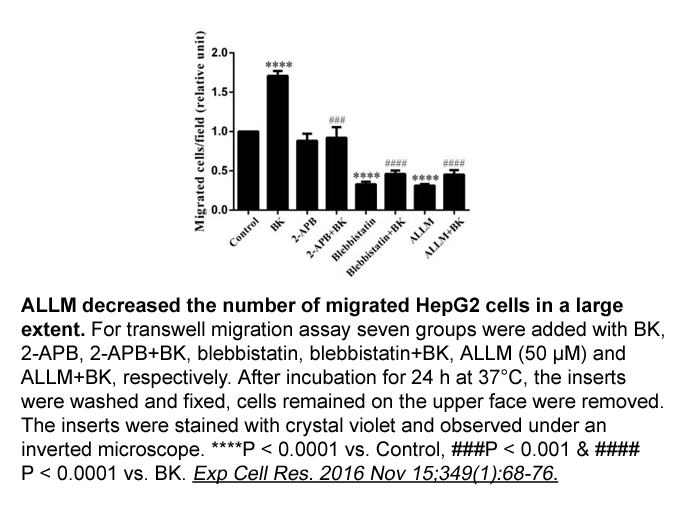
The first natural product described as 5-LO inhibitor was the polyphenol nordihydroguaiaretic AMG-458 receptor from the Mexican dessert plant Larrea divaricata in 1981 (Bokoch and Reed, 1981), short after the initial identification of 5-LO in 1979 (Borgeat and Samuelsson, 1979). Long time before mPG
-
br lipoxygenase pathway in brain aging and alzheimer s disea
2024-10-11
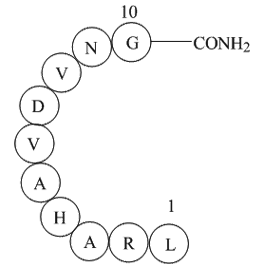
5-lipoxygenase pathway in N,N-Dimethylsphingosine aging and alzheimer’s disease 5LO is found throughout the central nervous system, in both neuron and glia cells (Farias et al., 2007). However, its expression levels are highest in the cortex and hippocampus areas, two regions that are particularl
-
Introduction Cancer which is responsible
2024-10-11
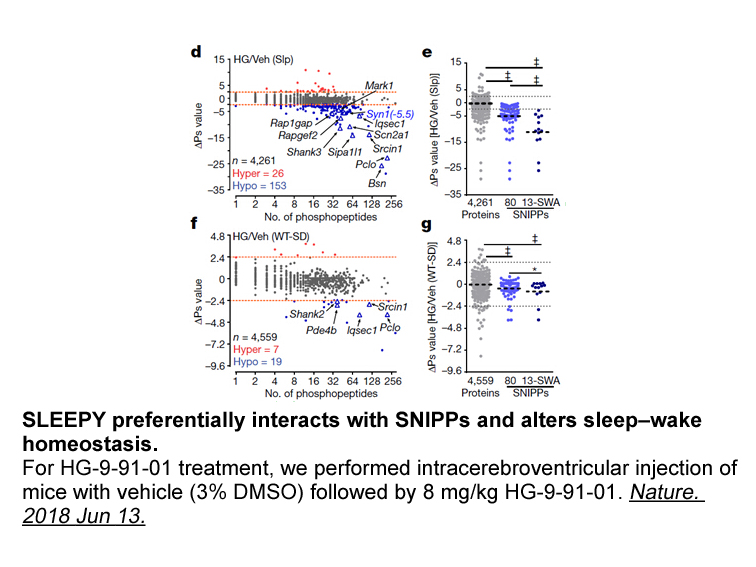
Introduction Cancer, which is responsible for a million deaths each year, is universally feared, and approximately 50% of newly diagnosed cases can be cured [1]. The existing cancer treatments, including surgery, chemotherapy, radiotherapy or a combination of them, are quickly losing efficacy. The
-
br Acknowledgements This work was supported
2024-10-11
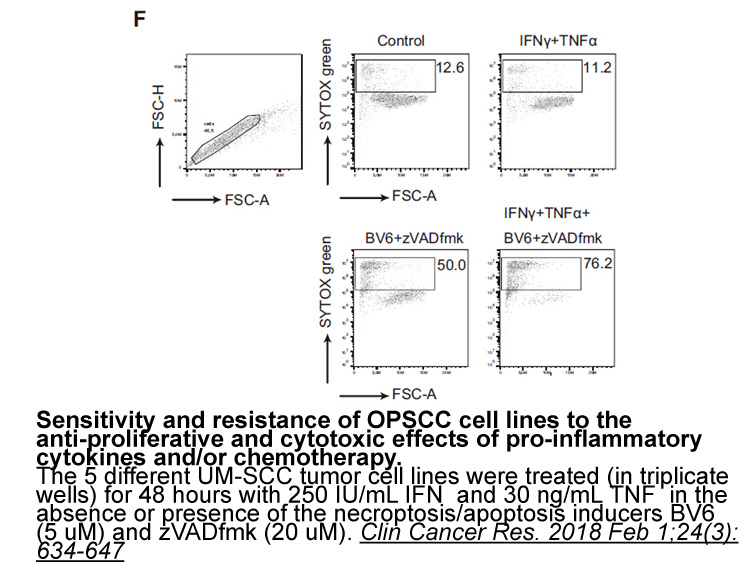
Acknowledgements This work was supported by the FedEx Institute of Technology at The University of Memphis (to DLB and ALP), NSF REU CHE 1156738 (to ALP in support of RSS), and NIHCA921060 (to GT). This material is based upon work supported by the National Science Foundation under Grant No. CHE-1
-
br The Molecular Machinery of Autophagy and Regulation
2024-10-11
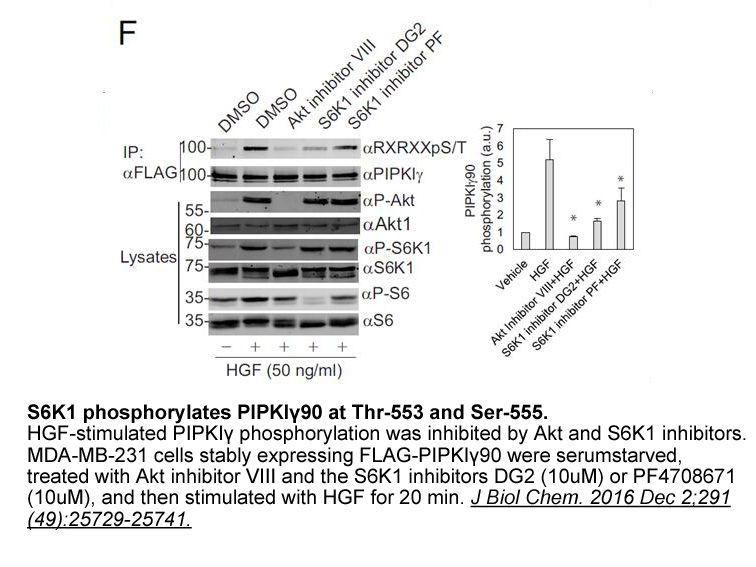
The Molecular Machinery of Autophagy and Regulation by Sphingolipids Sphingolipid-Mediated Autophagy in Cancer: Dr. Jekyll and Mr. Hyde Autophagy is an evolutionarily conserved stress response that typically promotes survival and antagonizes apoptosis. However, excessive autophagy was found to
-
It has also been reported that defects in ATM
2024-10-10

It has also been reported that defects in ATM or ATR signalling are synthetically lethal with PARP inhibition (Turner et al., 2008, Peasland et al., 2011, Yap et al., 2011, Michels et al., 2014), suggesting that combined inhibition of PARP and ATM or ATR may be an effective therapeutic strategy. In
-
A different mechanism has been suggested for the role
2024-10-10
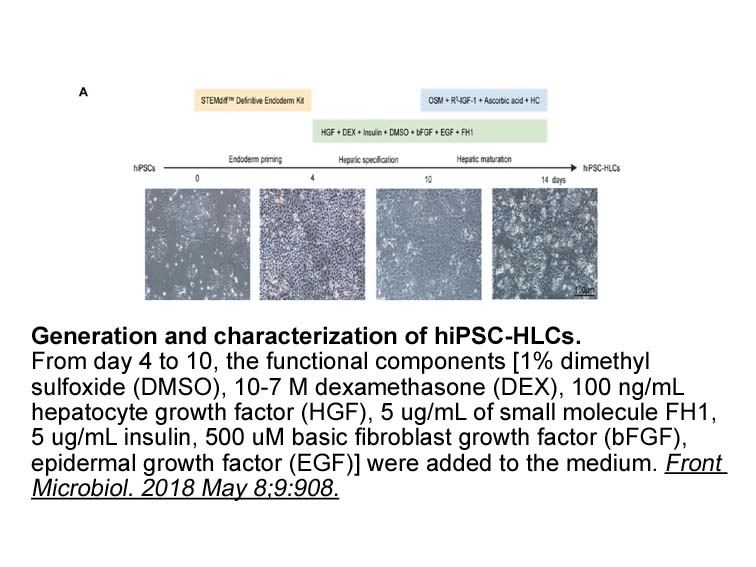
A different mechanism has been suggested for the role of TRX1 in ASK1 regulation based on disulfide bond-mediated ASK1 multimerization and its reduction through the thiol-reductase activity of TRX1 (Nadeau et al., 2007, Nadeau et al., 2009). In this model, oxidative stress induces intermolecular dis
-
In order to determine whether the
2024-10-10
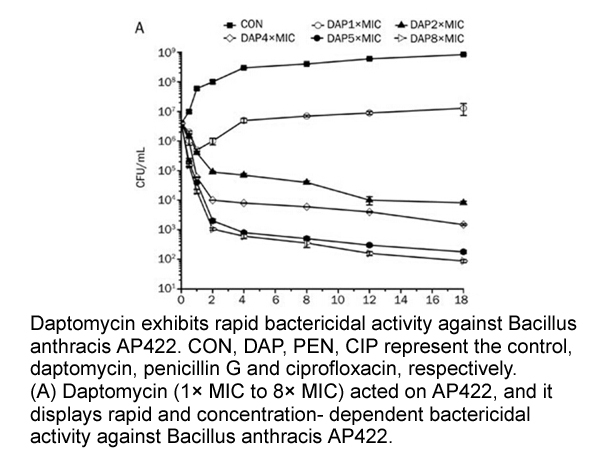
In order to determine whether the faster Rh2-induced apoptosis is specific of cholesterol depletion, we determined the cytotoxic effect of Rh2 in rki depleted or not in sphingomyelin, another abundant plasma membrane lipid exhibiting enrichment in lipid rafts. We showed that, in contrast to cholest
-
In glucose stimulated pancreatic cells B Raf
2024-10-10

In glucose-stimulated pancreatic β-cells, B-Raf activity is increased, while Raf-1 activity is under the detection limit (Duan and Cobb, 2010). Thus, B-Raf is the primary protein kinase involved in the rapid activation of ERK1/2 in glucose-treated pancreatic β-cells. Expression of a dominant-negativ
-
Similar to other MADS box proteins
2024-10-10

Similar to other MADS box proteins, MEF2 factors associate with a variety of transcriptional cofactors to control specific sets of downstream target genes. Some of the cofactors such as MyoD, GATA4, NFAT, TH receptor, p300, 14.3.3 and ERK5 stimulate MEF2 activity, whereas others, such as HDACs4-5-7-
-
Sustained release property is also
2024-10-10
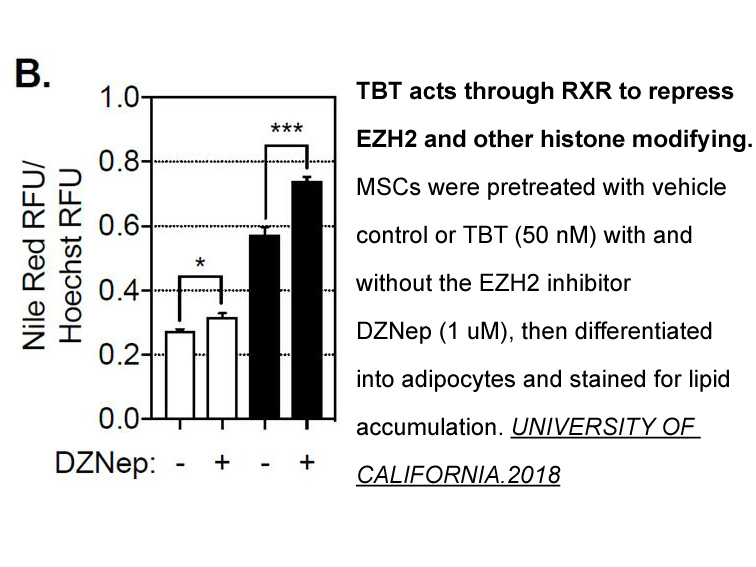
Sustained release property is also associated with side effects reduction [16] that could be confirmed by histopathological analyzes. Massive infiltrating inflammatory cells, hyperproliferation of skin layers and keratin pearls, caused by DMBA and croton oil application [32] are attenuated in Imq-lo
-
In addition enhanced AT receptor function
2024-10-10
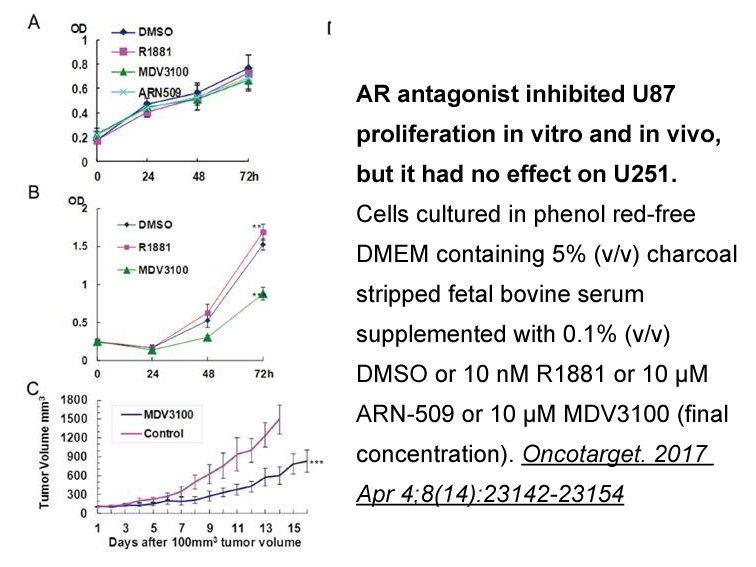
In addition, enhanced AT1 receptor function abnormally increases central and sympathetic activity, contributing to cardiac and renal disease, which in turn alters homeostasis, increases vulnerability to stress, and further injures the brain, and that AT1 receptor blockade ameliorates excessive symp
-
Due to metabolic variations it is
2024-10-10
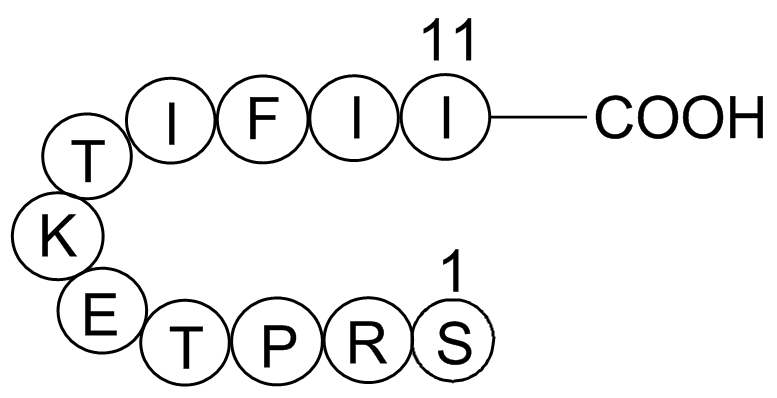
Due to metabolic variations, it is important to consider arginine metabolism and dependency in specific contexts to identify precise patterns. This is best illustrated for ASS: while ASS deficiency correlates with worse prognosis in sarcomas, ASS levels positively correlate with a poor prognosis in
-
Recent genome wide association studies have indicated SORL
2024-10-10

Recent genome-wide association studies have indicated SORL1 as a risk factor for AD (Meng et al., 2007, Rogaeva et al., 2007, Wen et al., 2013). SORL1, is expressed in neurons (Yin et al., 2015) and also regulates APP traffic from the cell membrane to the Golgi apparatus. A reduction in its expressi
-
With regard to the correlation between rearrangements and th
2024-10-10

With regard to the correlation between -rearrangements and thromboembolic events, Zer et al. reported a VTE rate of 36% in a cohort of 98 patients with ALK-positive NSCLC. Of note, VTE was also associated with shorter overall survival (HR: 5.71, =0.01) . Only few others have investigated NSCLC drive
15168 records 24/1012 page Previous Next First page 上5页 2122232425 下5页 Last page